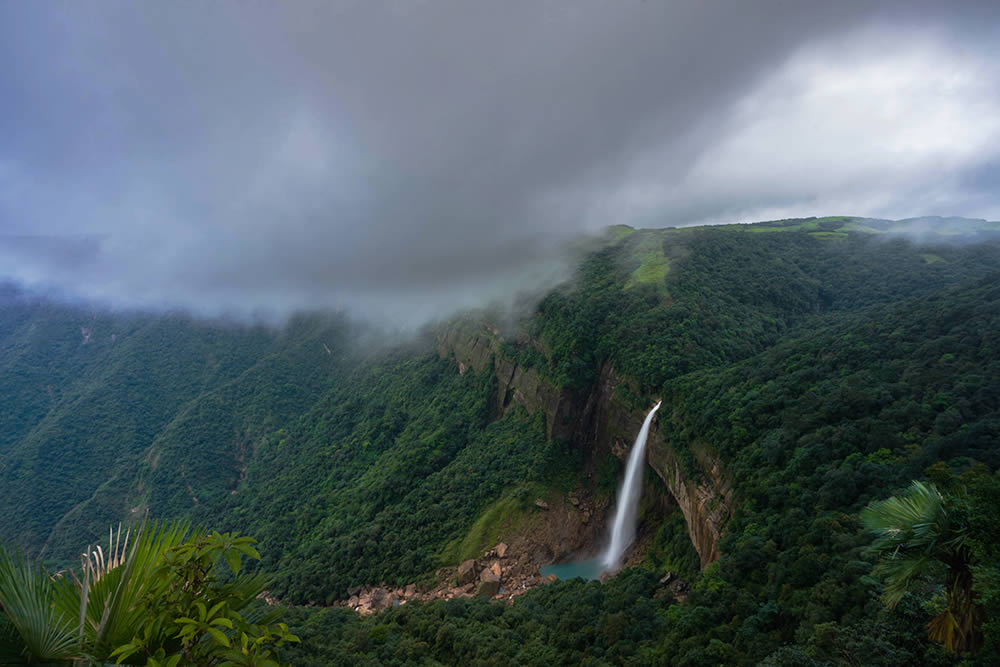There is no sound outside the window. The city of Dhaka is hushed in a complete shutdown due to political unrest. No internet, no Facebook, no Instagram, no Netflix. It’s the perfect time to reminisce about my trip to Cherrapunji. I’m unsure where to begin. Initially, I obtained an Indian visa to visit Ladakh, but when my plans fell through, I opted for a solo journey.
That’s when the idea to visit Cherrapunji during the monsoon (July 2023) came to me. I was anxious about whether I would enjoy this trip alone and return successfully, a feeling that always grips me at the start of a journey. Honestly, I felt a bit nervous! I had heard Cherrapunji was most beautiful during the monsoon, but since my visa didn’t allow entry through Dawki, I took a different route from Bangladesh.
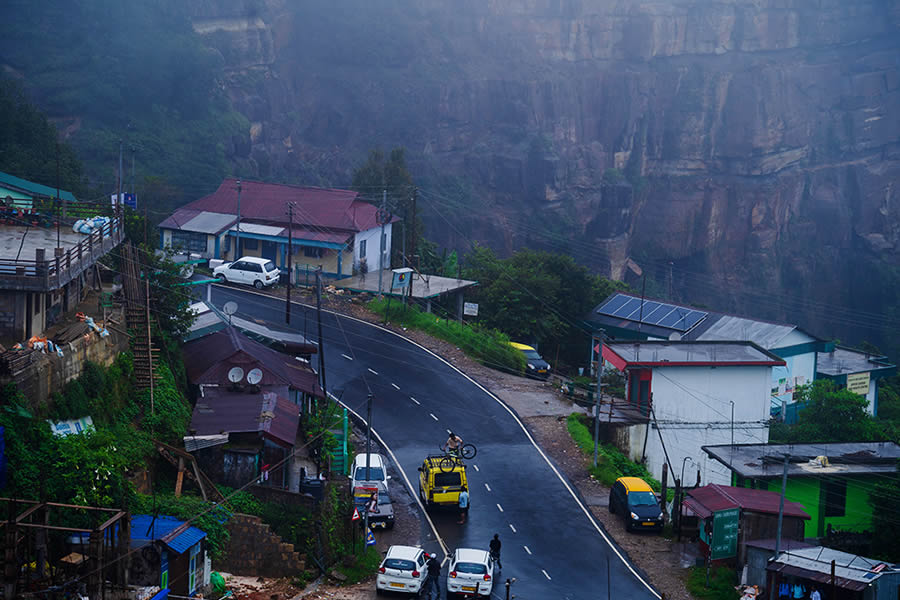
Dhaka–Agartala–Shillong–Cherrapunji:
I boarded a train from Dhaka to Akhaura, Cumilla, reaching the Agartala border in three hours, and entered Tripura. After a brief rest, I explored the enigmatic Ujjayanta Palace, a glorious and historical marvel, despite the sweltering, humid weather. The next day, I flew from Tripura to Shillong, landing in less than an hour. I caught a shared taxi to the bustling Shillong bazaar, where I arrived around noon. Moving through the crowd with large luggage was difficult, and I had no choice but to wait on the open road. I hired a private taxi to take me to my hotel in Cherrapunji. The journey was slow, leaving the chaos of the city behind as I entered my dreamland. By 3:00 PM, I reached the hotel. Along the way, I witnessed a magical scene: clouds descending upon the mighty, colossal valley. I quickly took out my camera and snapped this incredible moment to share in my photo story.
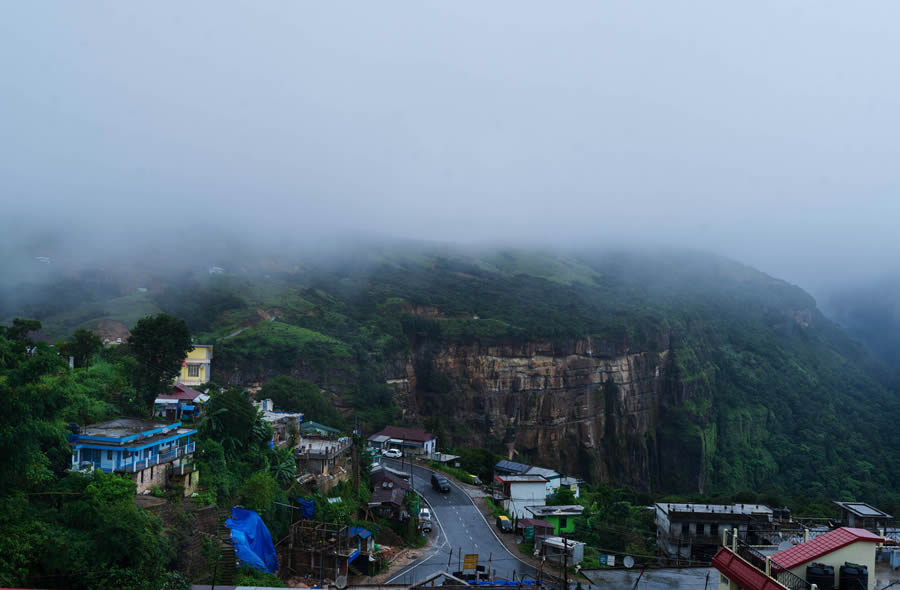
Checking into the hotel took almost an hour, and I had already booked another hotel in Shillong for my return after three days. When I left the hotel for lunch, it was 5:00 PM. I rushed to a restaurant for a late lunch, catching the beautiful dusk settling over Cherrapunji. The next day, I headed to the bazaar to find a shared taxi to the famous Double Decker Living Root Bridge. Surprisingly, I couldn’t find a single one, so I hired a private taxi for 2,000 rupees. The weather was hot and humid, without a single cloud to shield me from the sun’s harsh rays. When I left the taxi to begin the trek to the bridge, I learned I had to descend more than 3,500 steps!
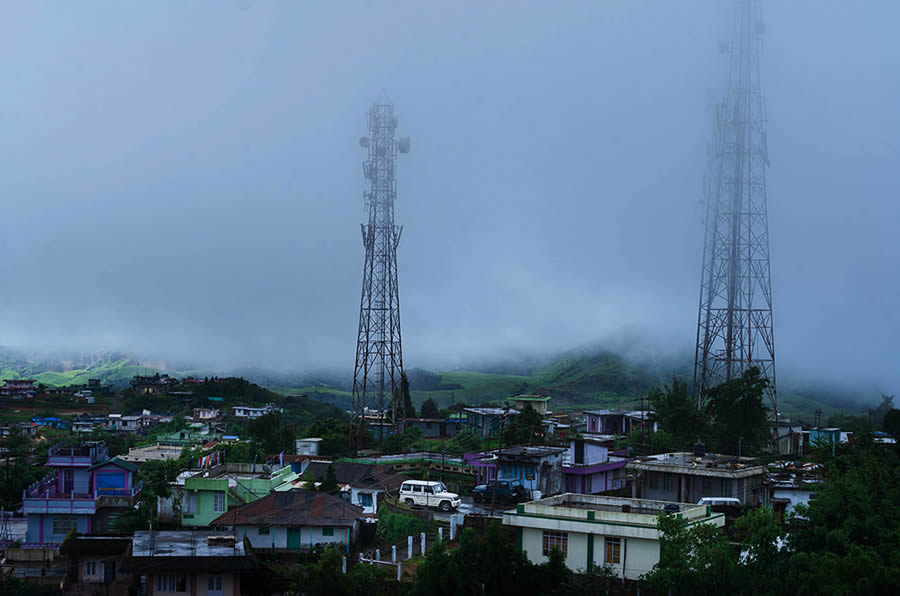
I hired a schoolboy as a guide since he charged only 500 rupees. As I descended, I grew weak and thirsty. Nearing the bridge, I felt my head spinning under the oppressive heat. The absence of rain during the rainy season seemed strange. I witnessed firsthand how climate change has impacted Cherrapunji’s weather. The constant rain typical of this time was nowhere to be seen. Exhausted, I sat and lay down on the path, feeling unconscious for a while, thinking I might have to turn back. However, after resting for about 20 minutes, I felt rejuvenated and decided to push on. About 20 minutes later, I reached my destination: the Double Decker Bridge. Many tourists were there, including one from Argentina. After resting for three hours, I began the arduous journey back. It was an exhausting experience. I wouldn’t recommend visiting as a day trip; it’s best to stay overnight.
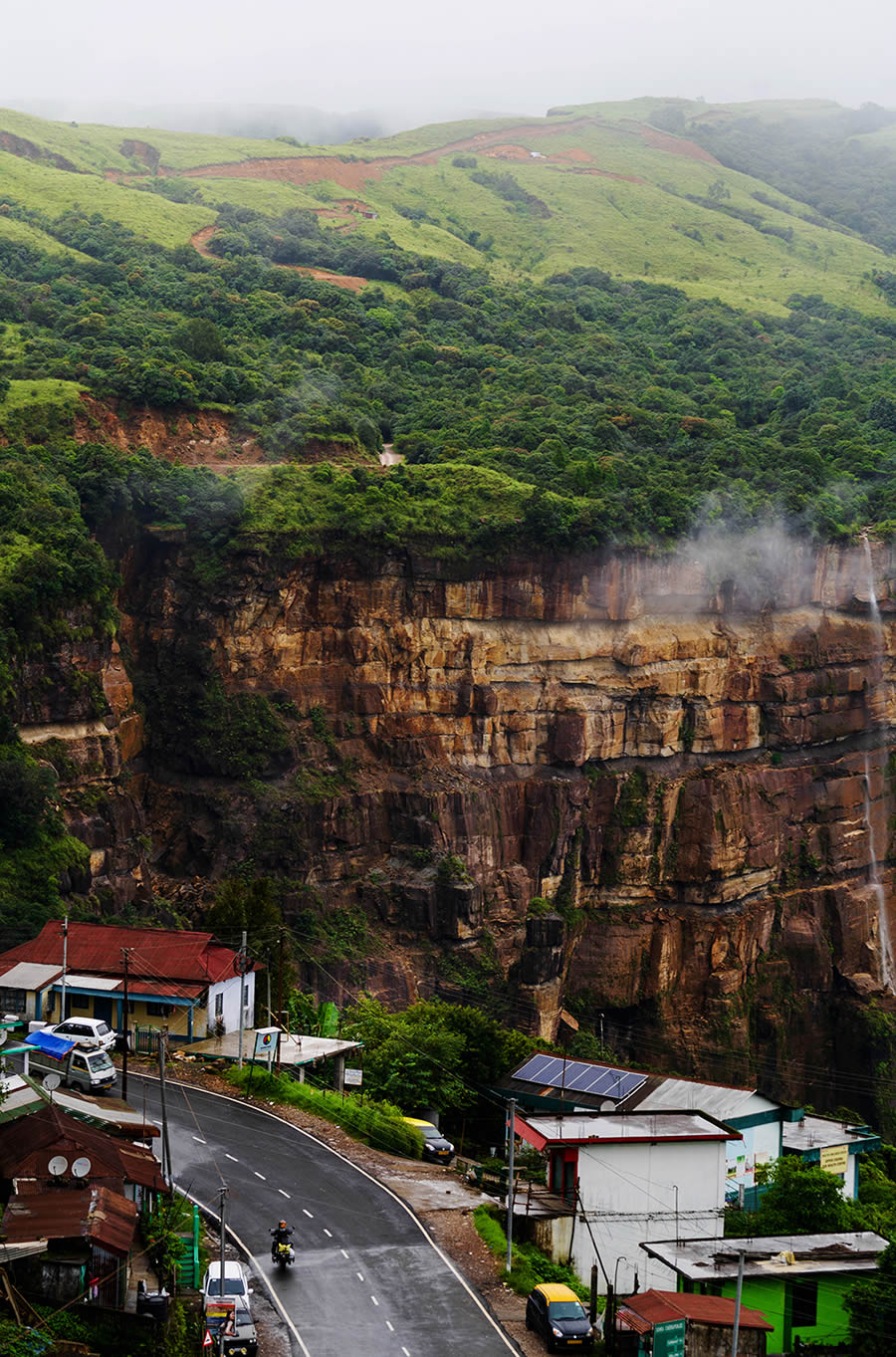
Climbing up the 3,500 stairs, I finally reached my car and noticed clouds gathering in the sky. No more traveling for the day; it was time to return to the hotel. Over the next two days, I visited Seven Sisters Falls, Mawsynram, and the Living Root Village. Finally, I saw rain, though not the incessant downpour typical of the monsoon. My photos clearly show how diminished the waterfalls were due to the lack of rain.
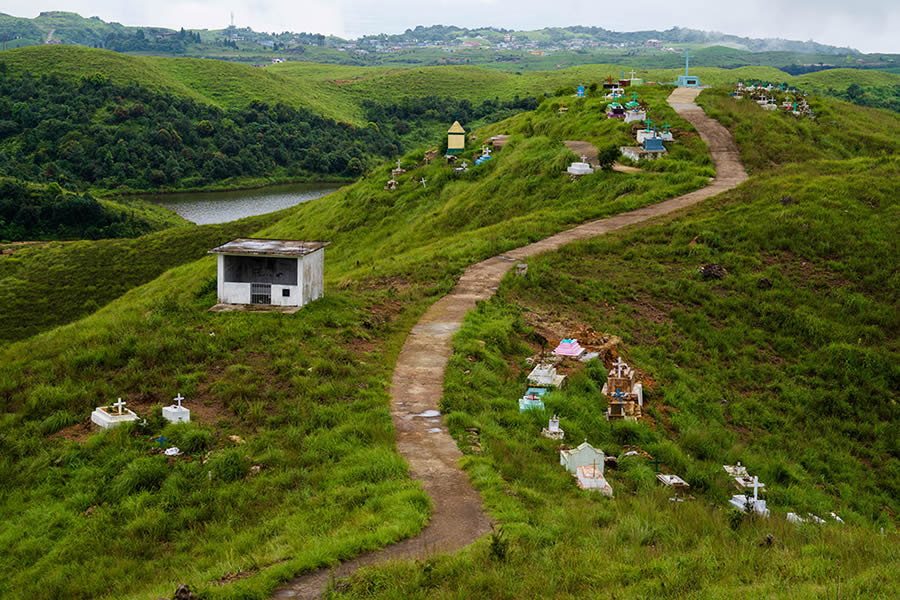
Conclusion:
Returning to Shillong, I took a flight to Agartala and realized that my three days in Cherrapunji had passed in the blink of an eye. After experiencing the wild beauty of Cherrapunji, I felt suffocated in the crowded city of Shillong, so I locked myself in my hotel for the rest of the day. Early the next morning, I caught a flight back to Agartala. On the return journey, I took a CNG, had lunch, and headed directly to the Akhaura border by 1:00 PM. It took only half an hour to complete the border check, and by 2:00 PM, I was at Akhaura train station, catching a train that brought me back to Dhaka by evening. Reflecting on this trip and the photos, I see Cherrapunji’s melancholic beauty. It somehow reminds me that every mountain stands alone, like a man. Perhaps I’ll carry the silence of Cherrapunji within me for the rest of my life…
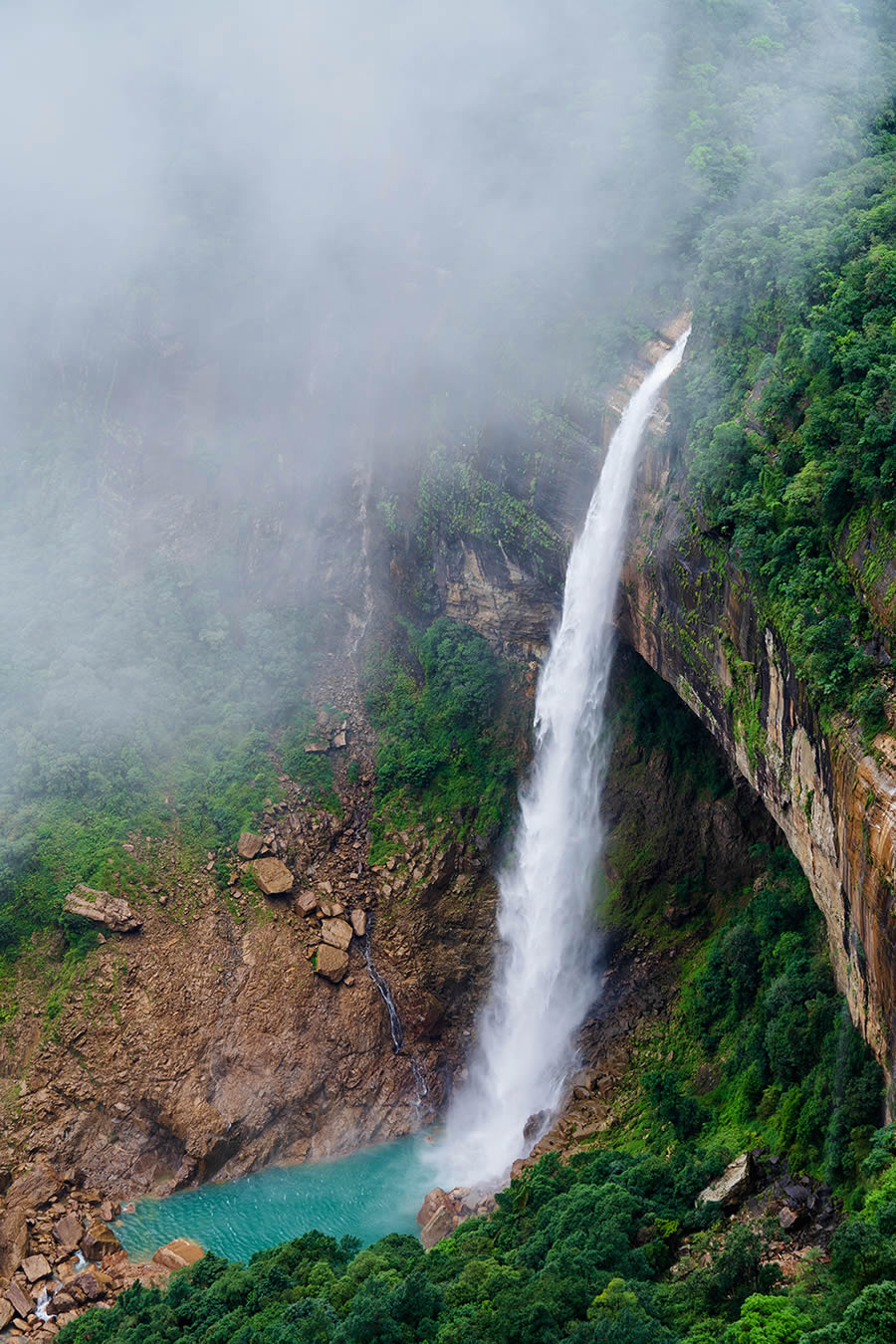
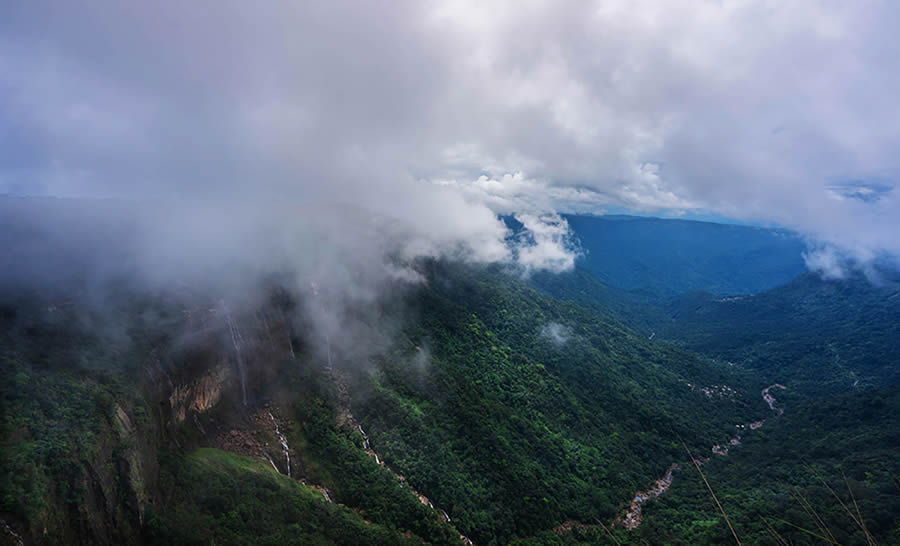
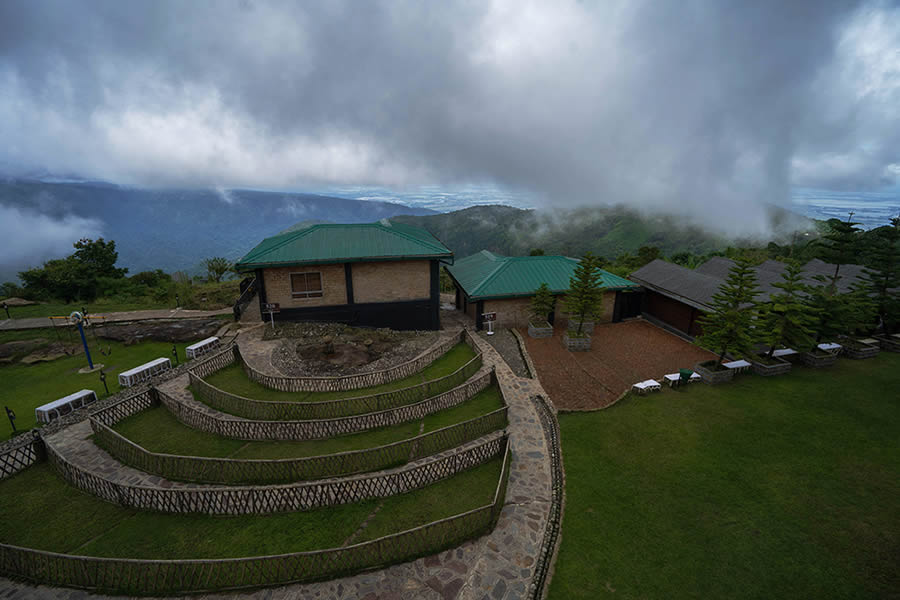
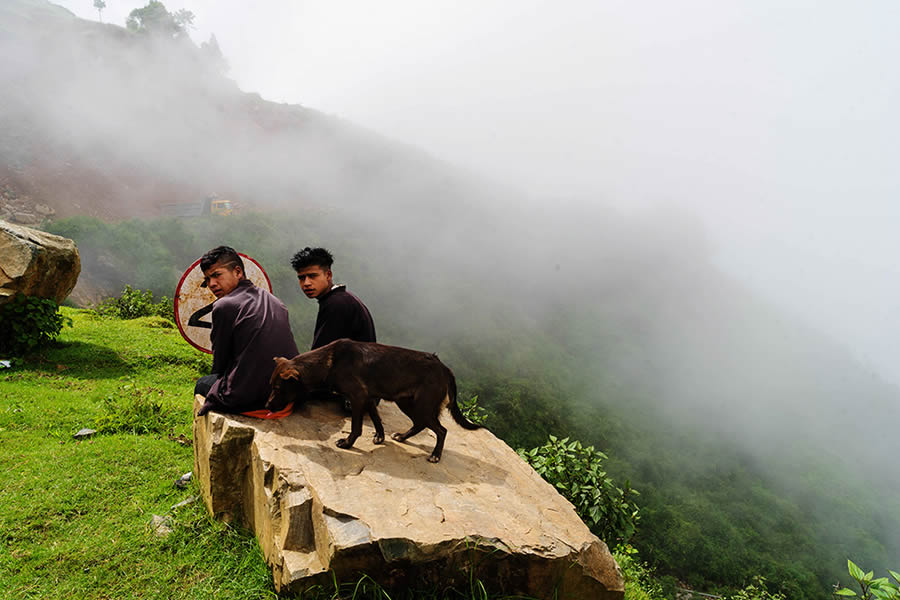
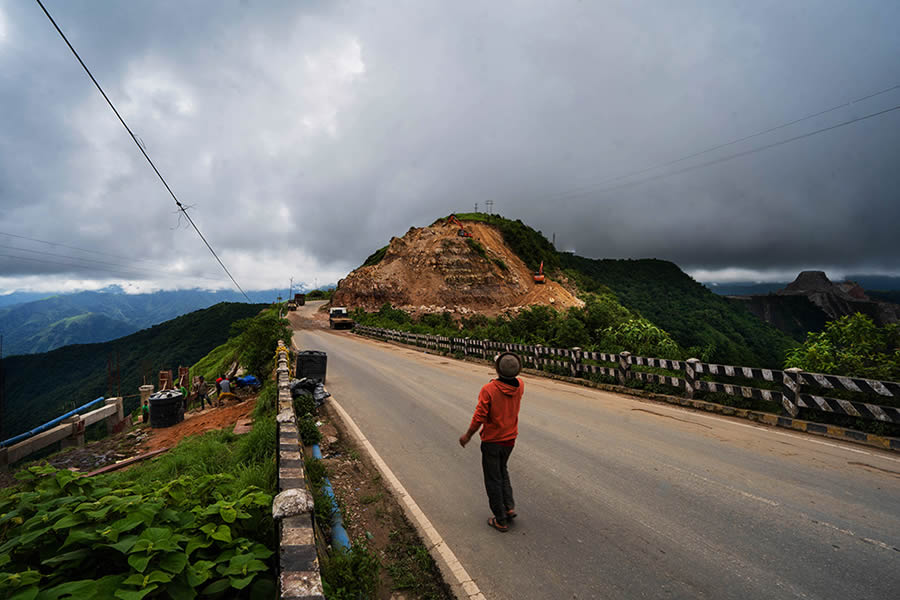
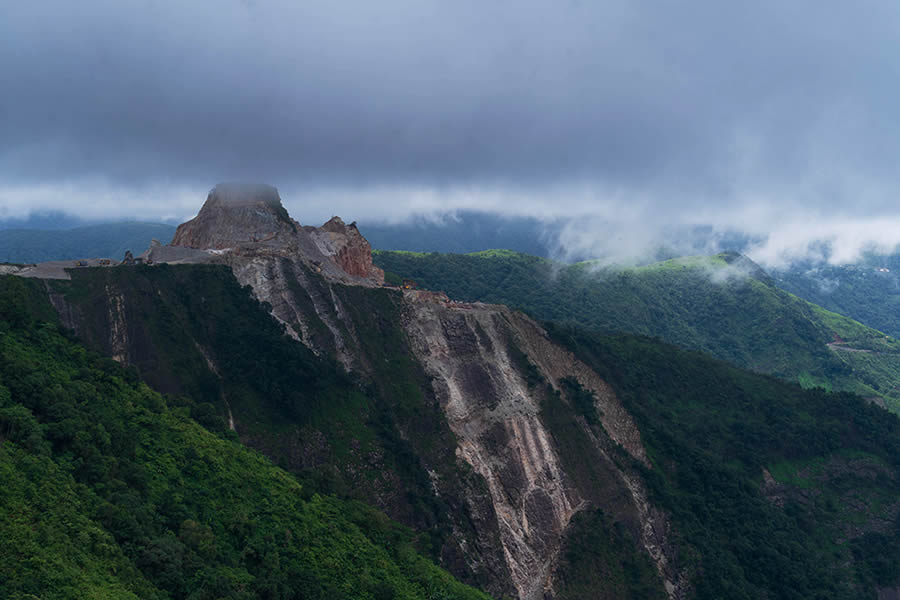
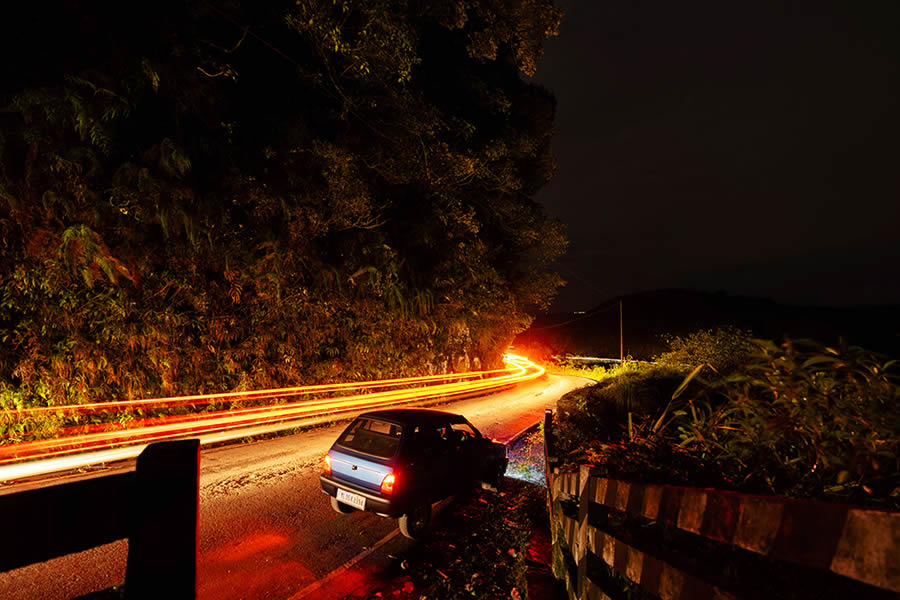
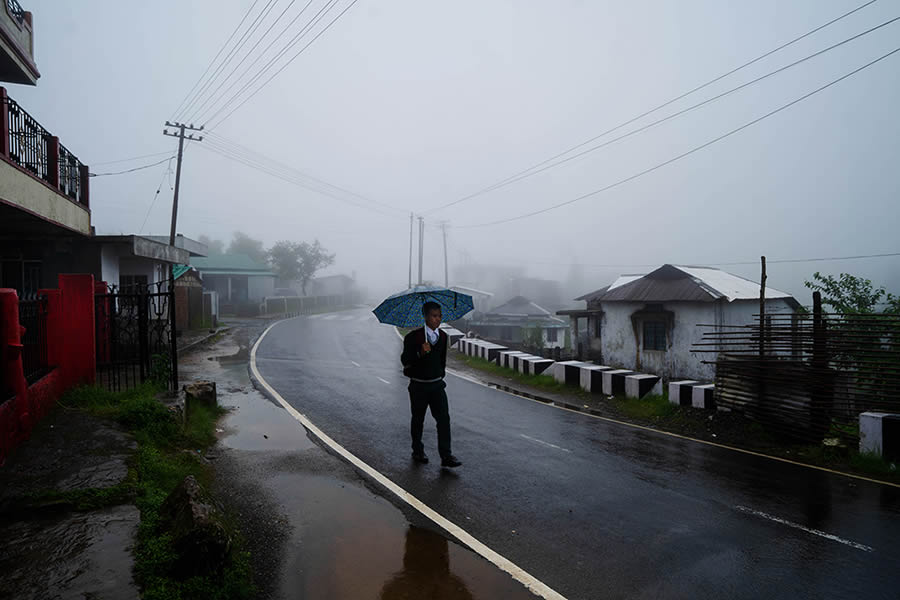
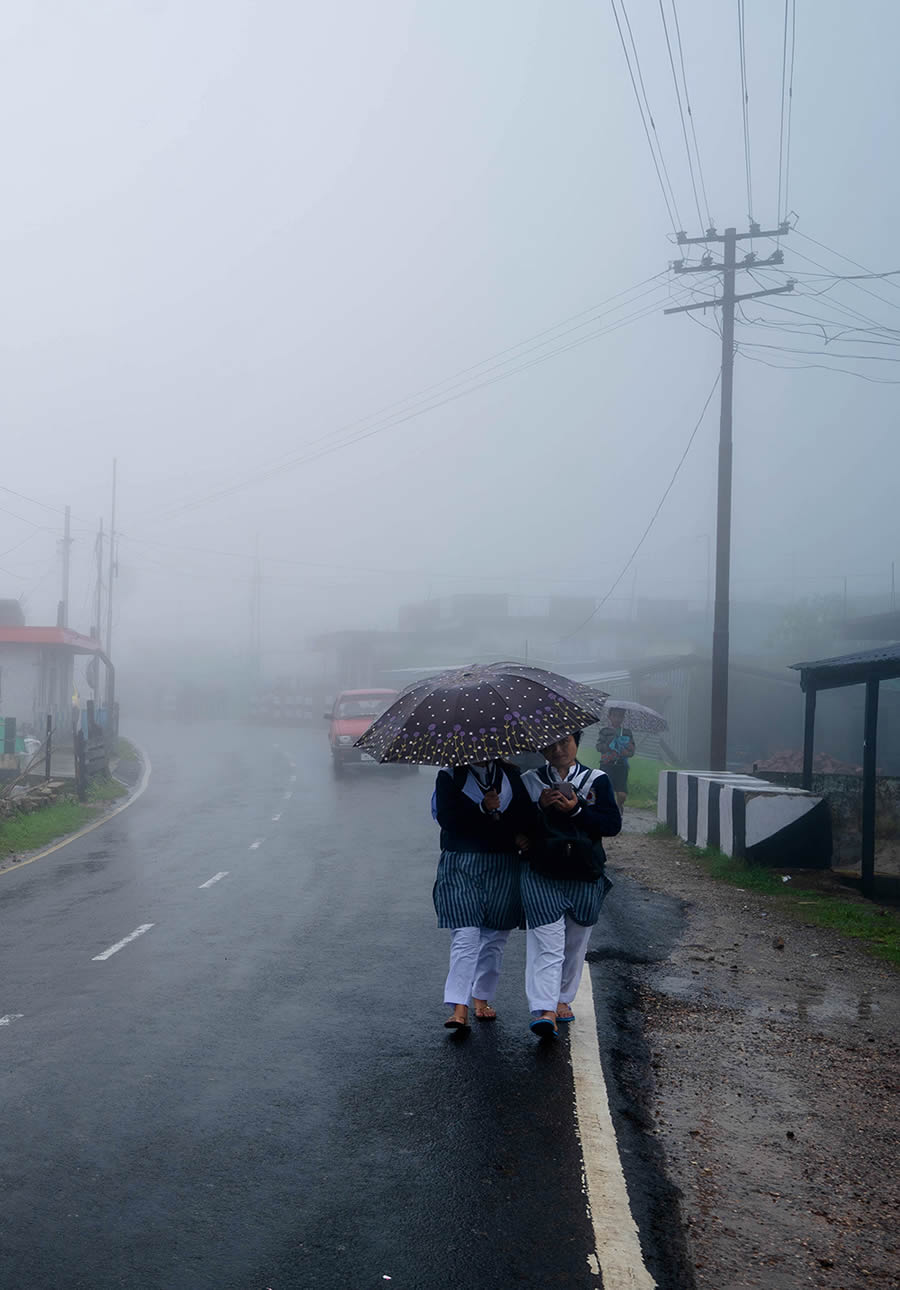
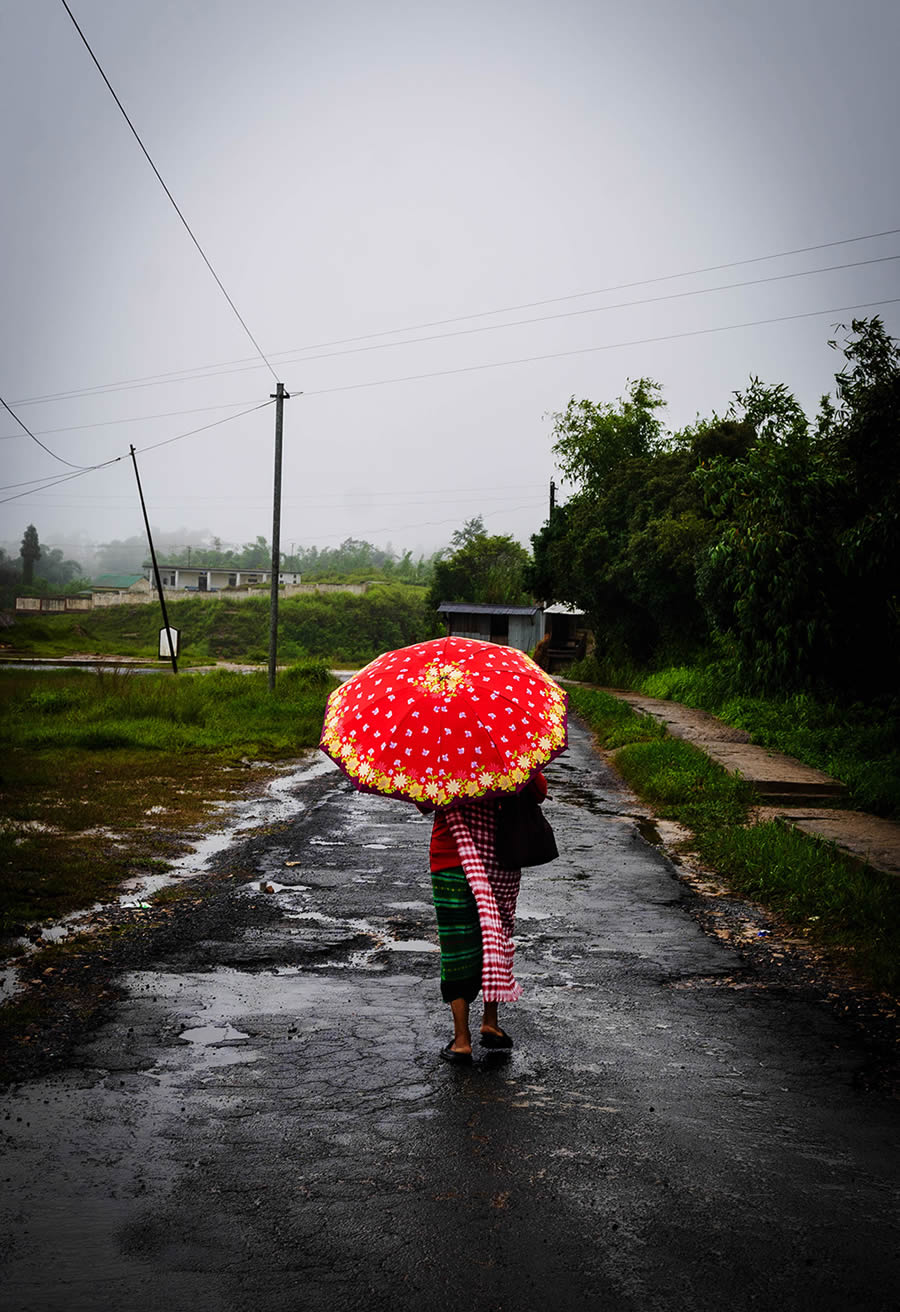
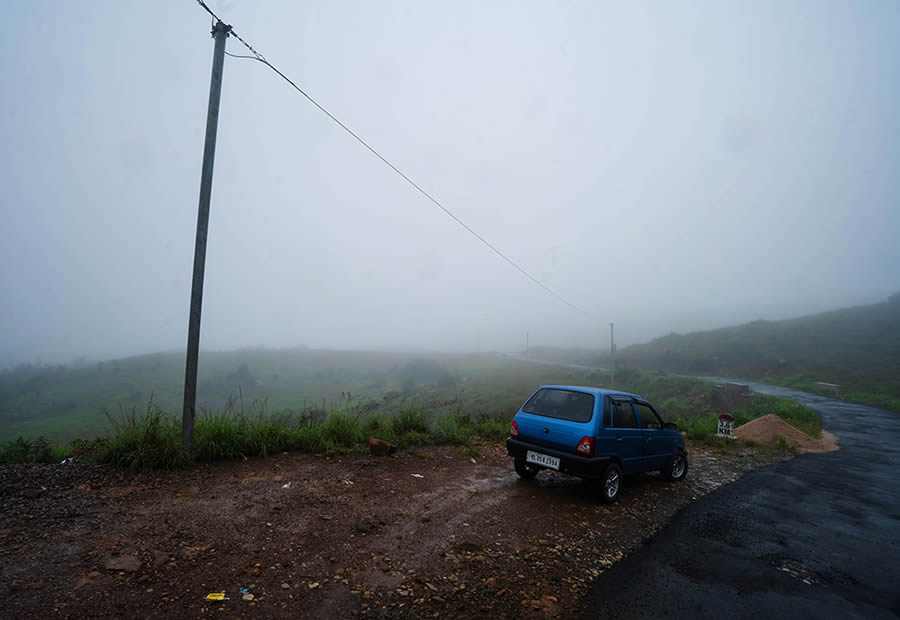
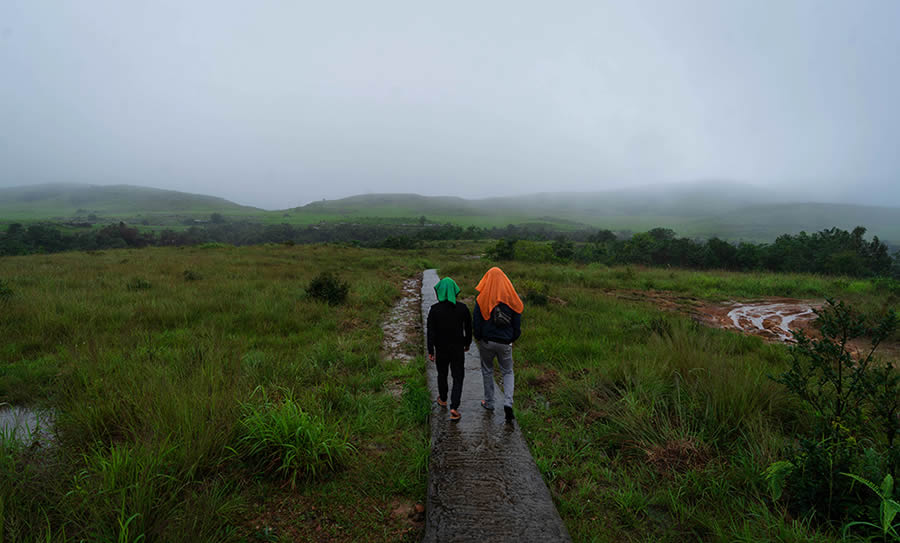
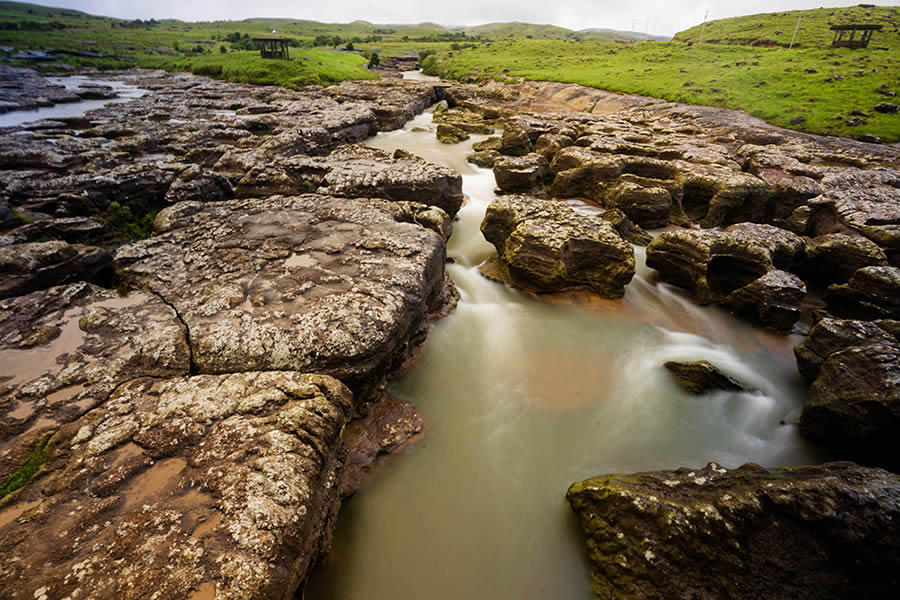
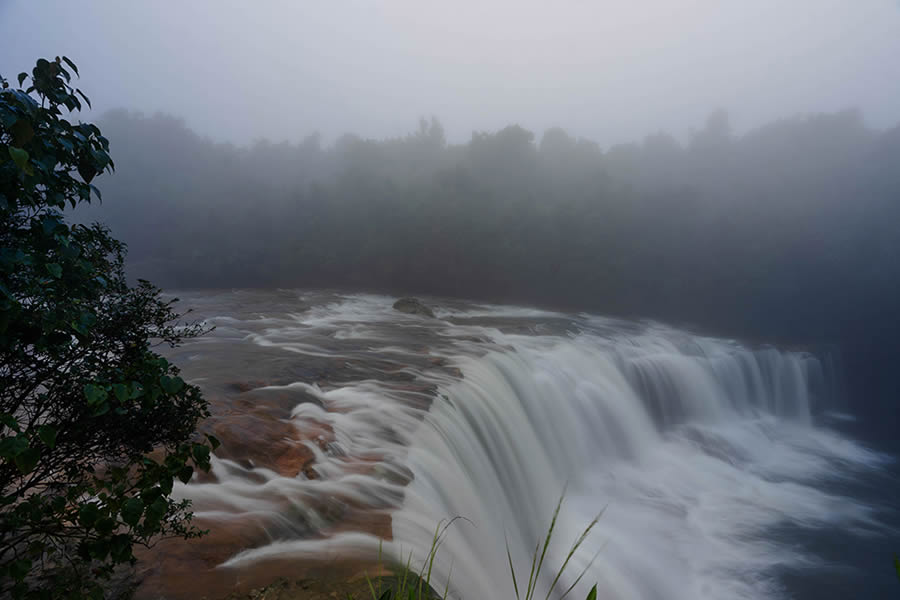
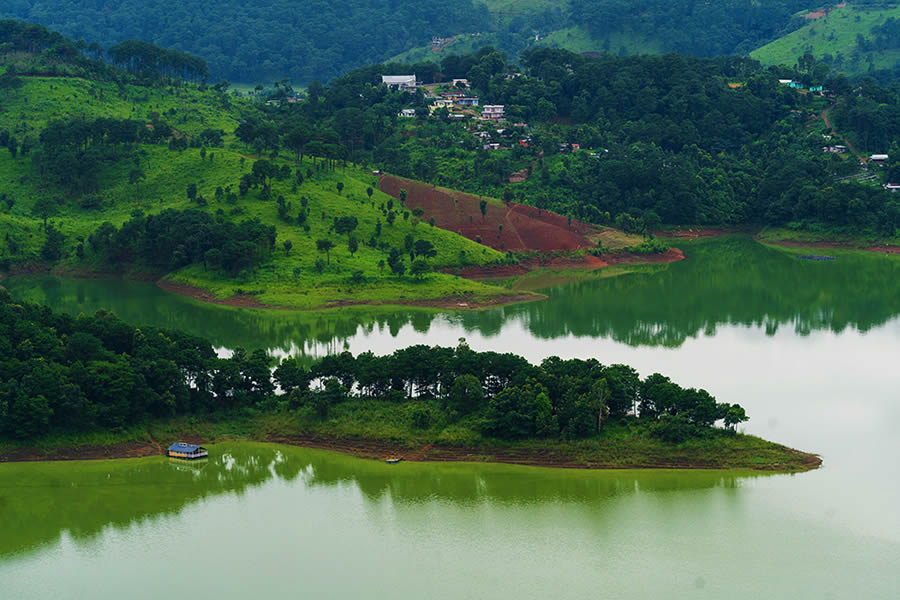
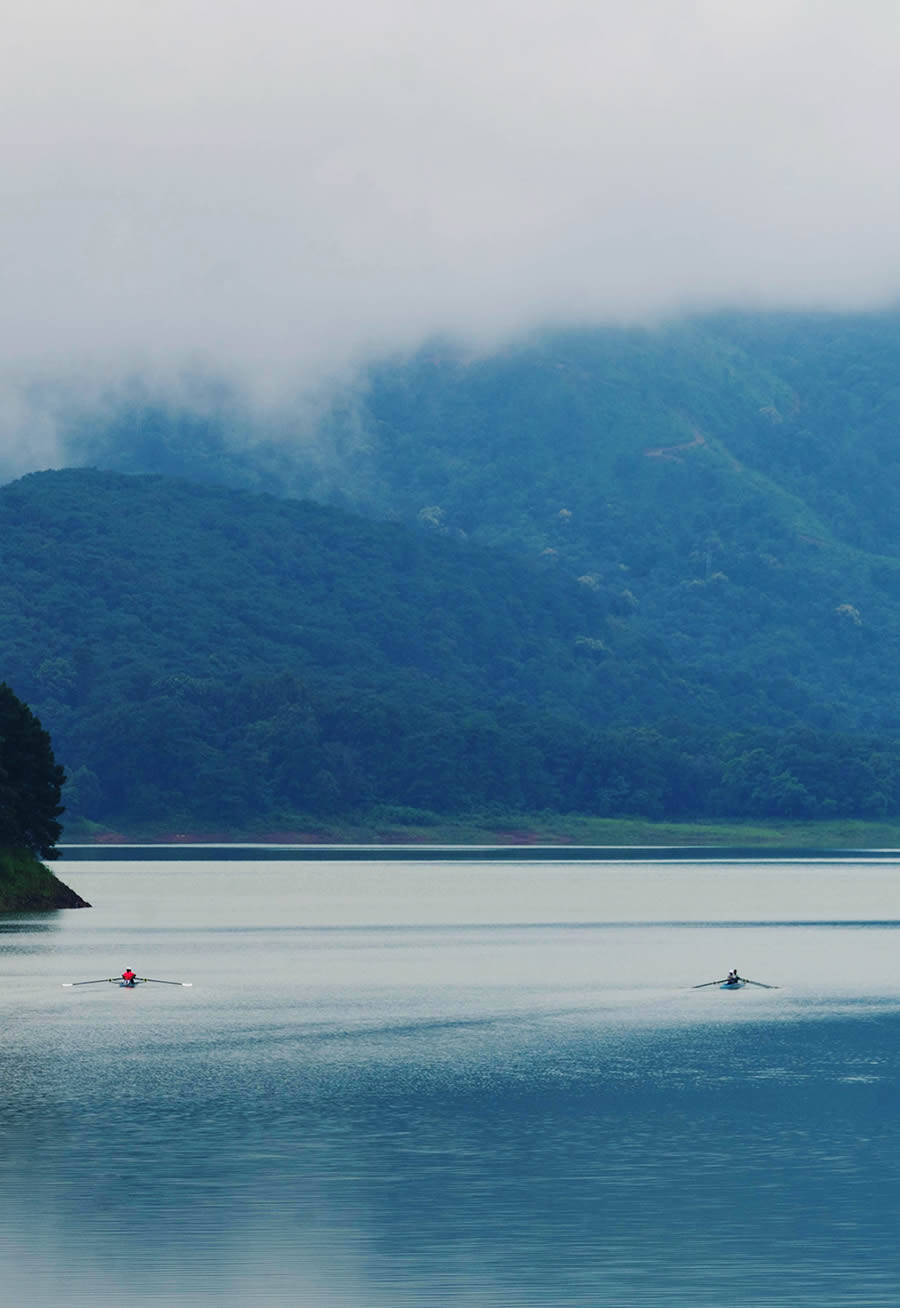
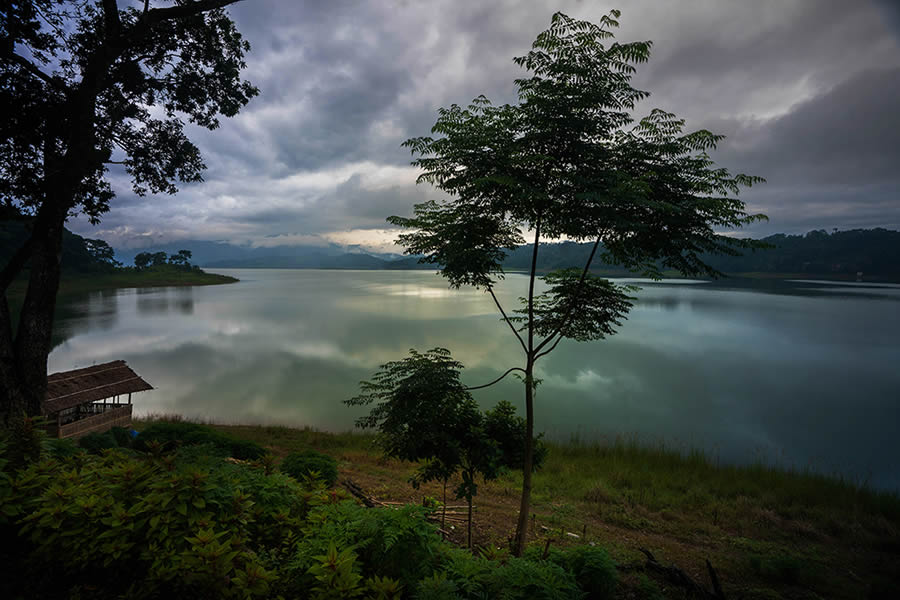
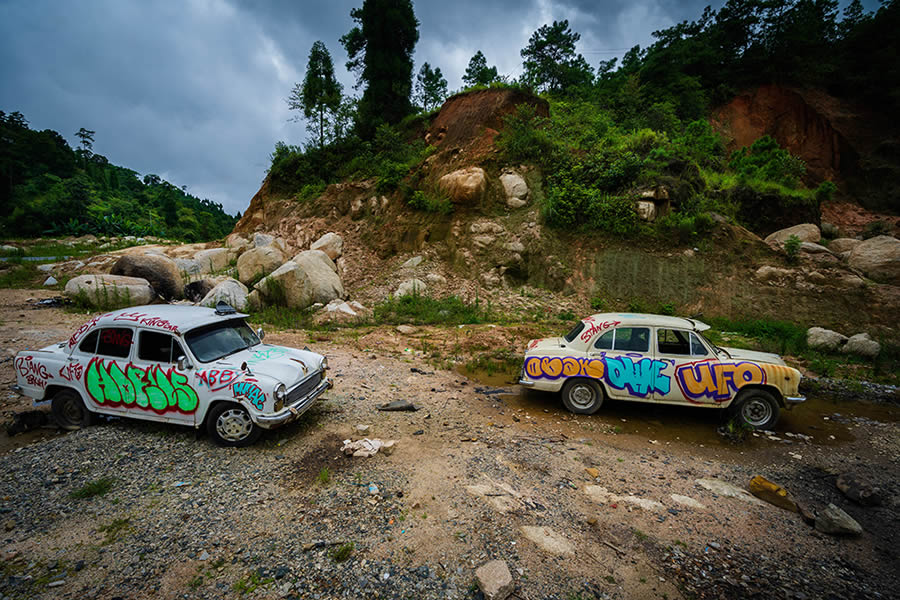
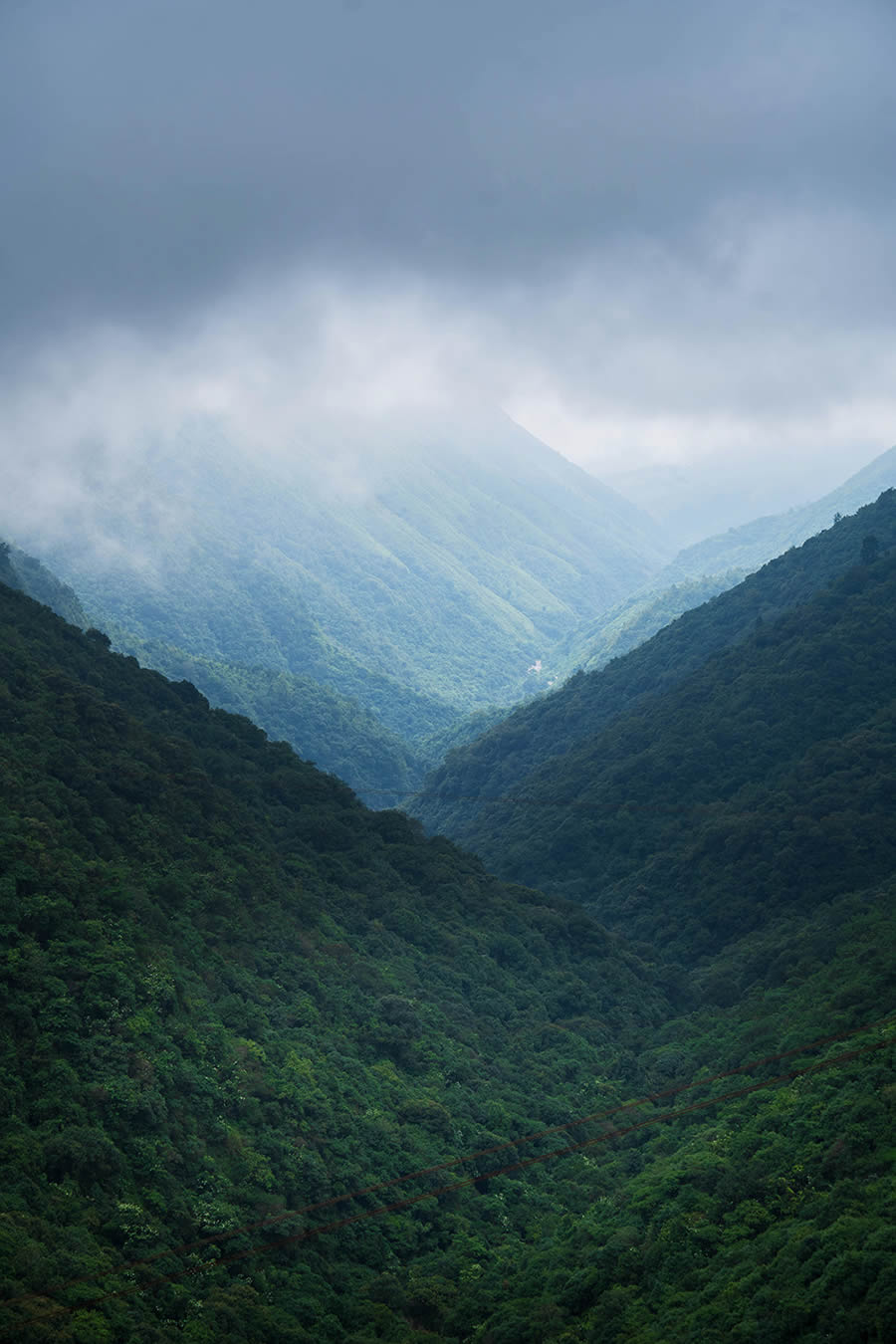
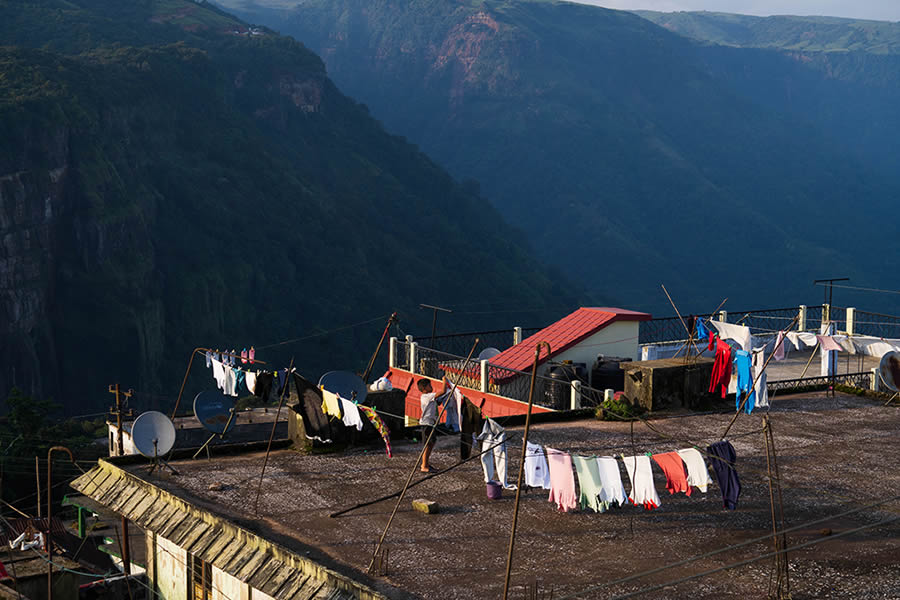
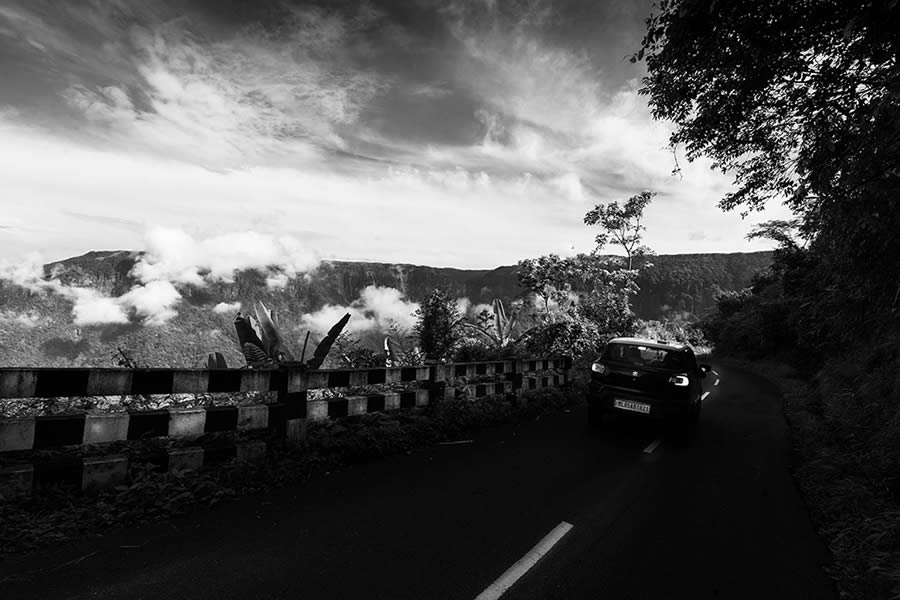
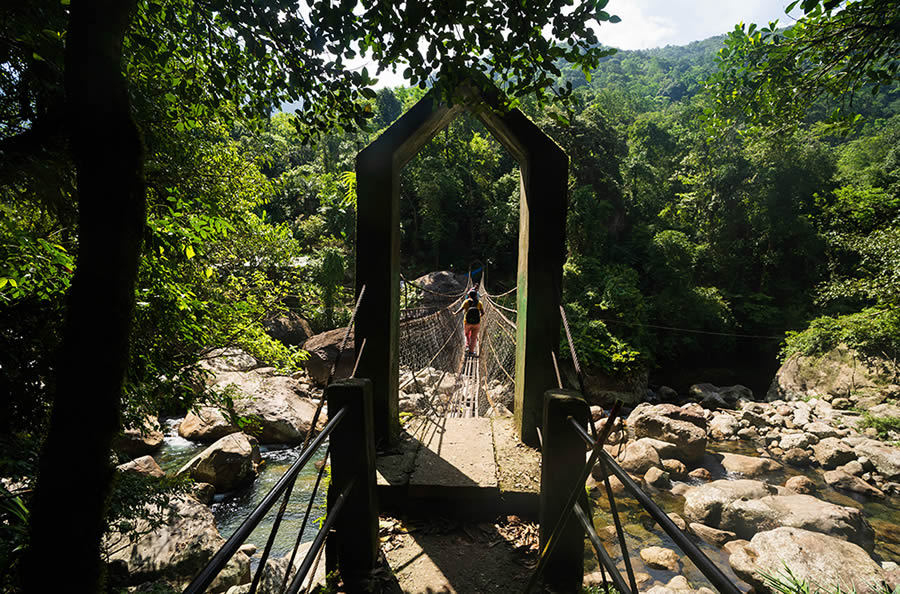
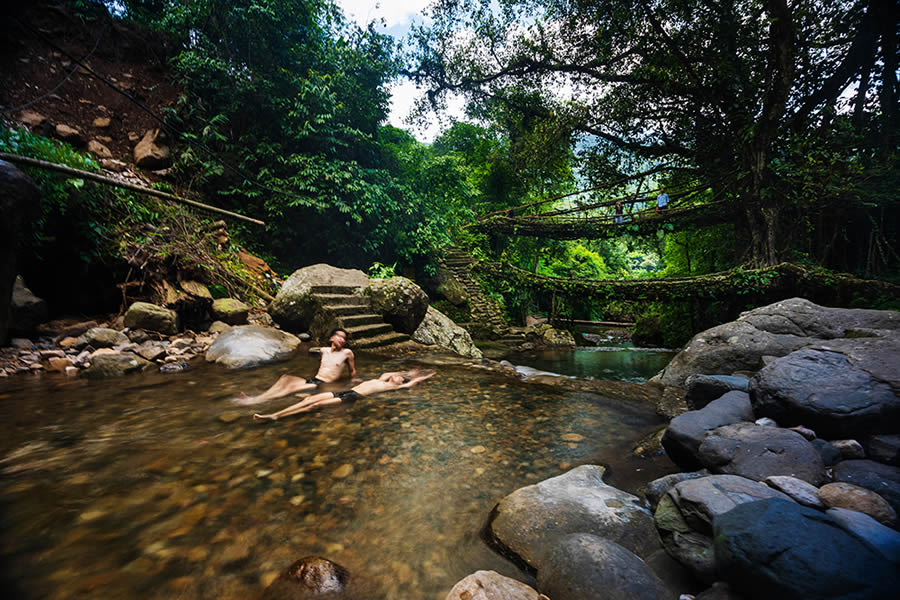
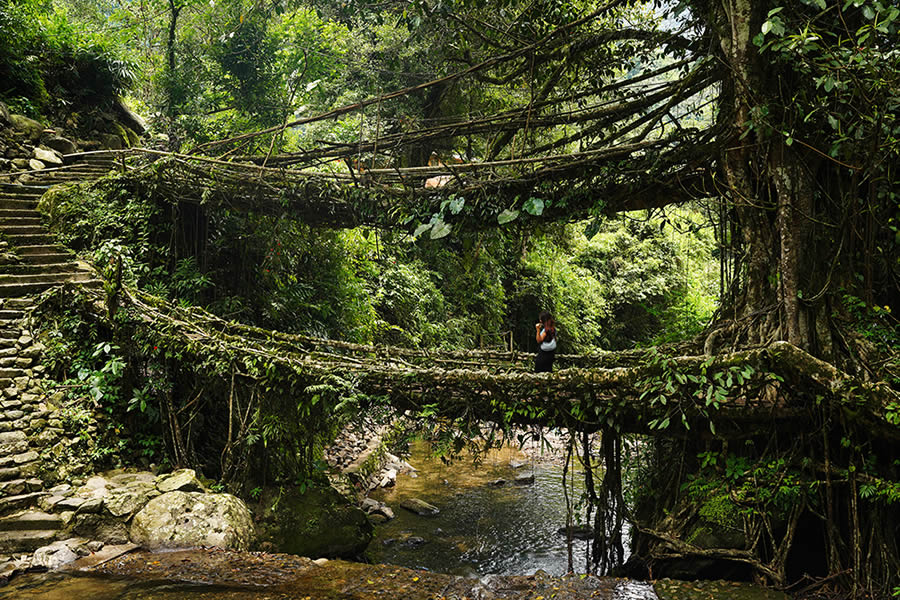
My Photography Journey :
From a young age, I was captivated by movies and books, their stories shaping my imagination. Though I dreamed of becoming a writer, photography found me instead. When life felt heavy, I would gaze out the window, drawn to the world’s vibrant beauty. Different cultures and rituals fascinated meHowever, a gift of a small camera from my sister-in-law in Florida sparked a new path. Needless to say, I worked more than 17 years in corporate sector. Recently, I am working as a freelancer.
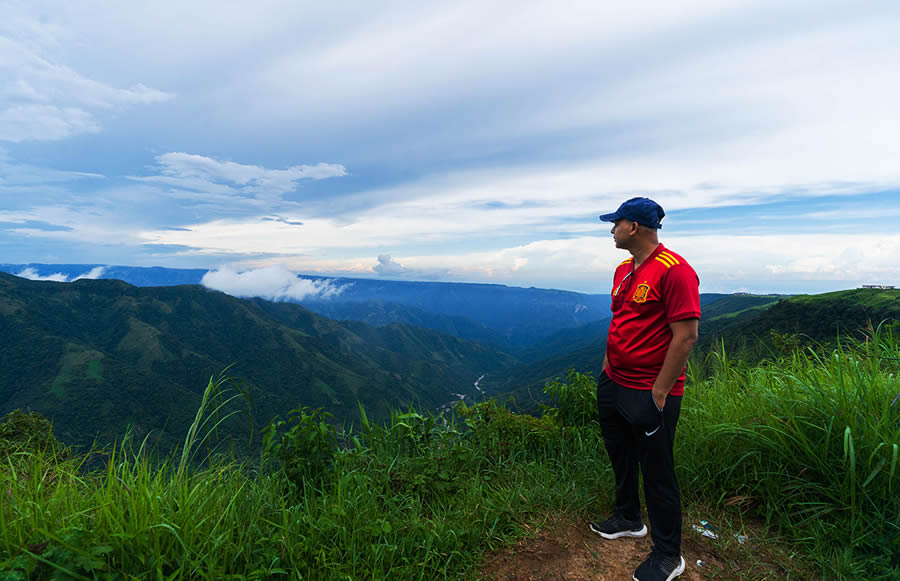
I started Photography in quite late at the age of 35 now I am 48 years old. I immersed myself in photography, learning under the acclaimed GMB Akash. I discovered a passion for capturing festivals, street life, and architecture, finding joy in life’s smallest details and beauty in every frame. Behind the lens, I lose myself, forgetting all worries.
My work has been recognized with the Aashahi Shimbun and winner in Xposure International Award, Urban Photo Festival Award in Italy, and Chromatic Photography Travel Contest. With 179 photos published on 1x.com, my photography has graced national and international magazines like National Geographic and Amnesty International. My journey is a testament to the transformative power of art, as I continue to explore and document the world’s wonders.

